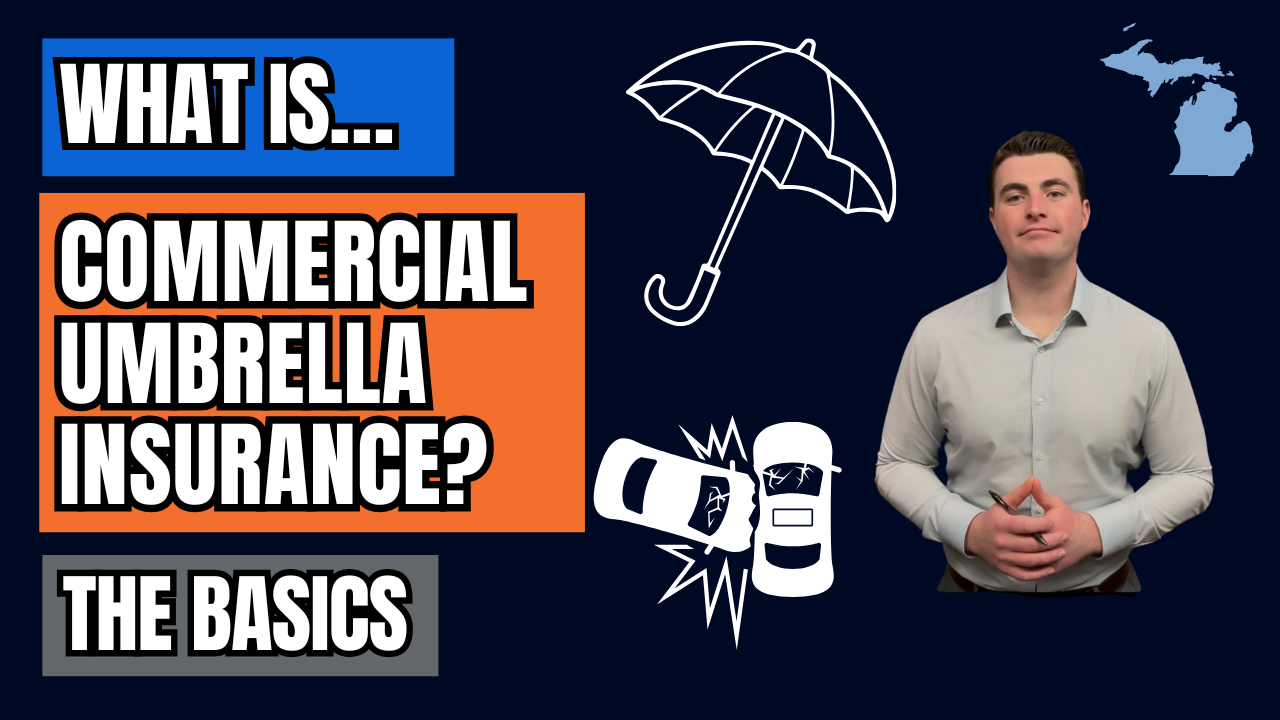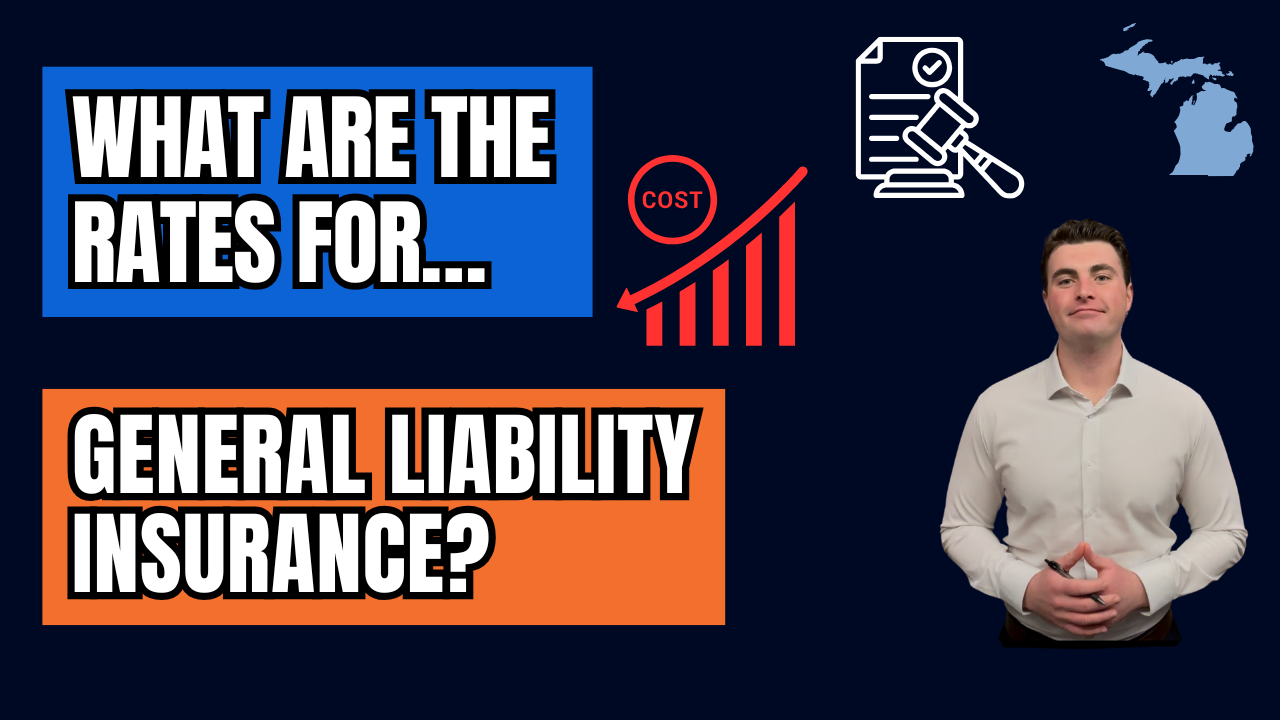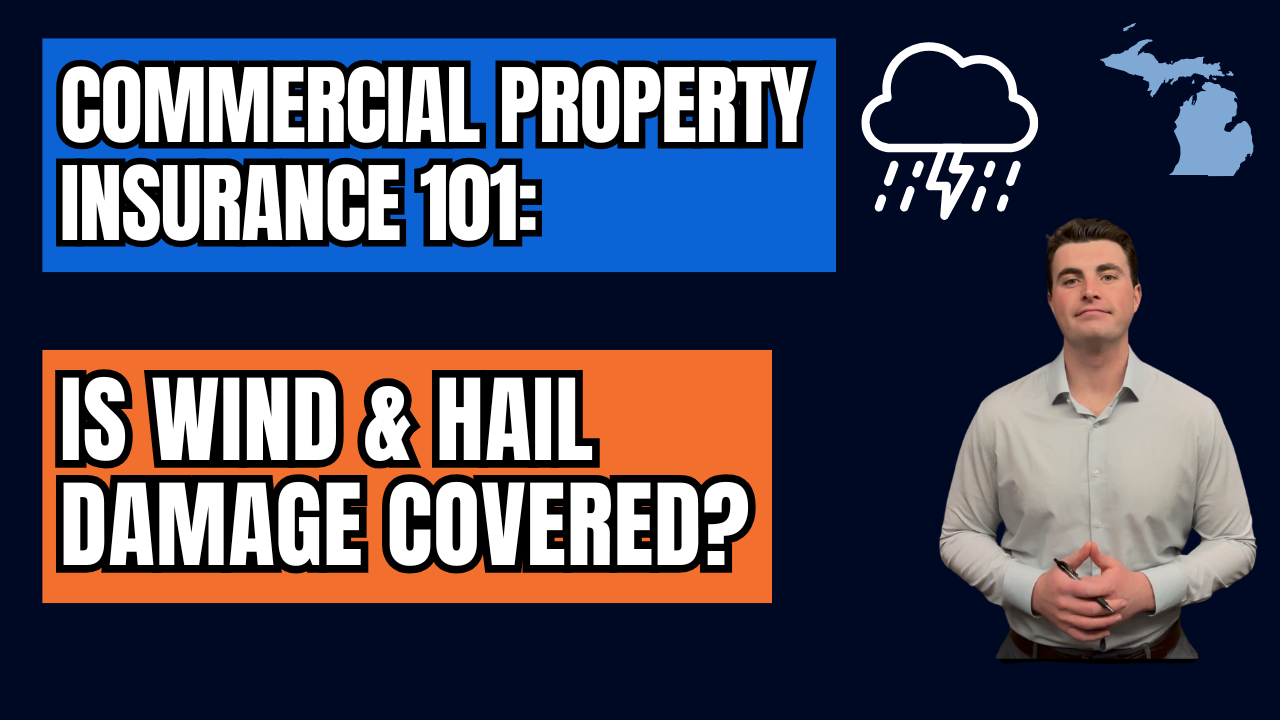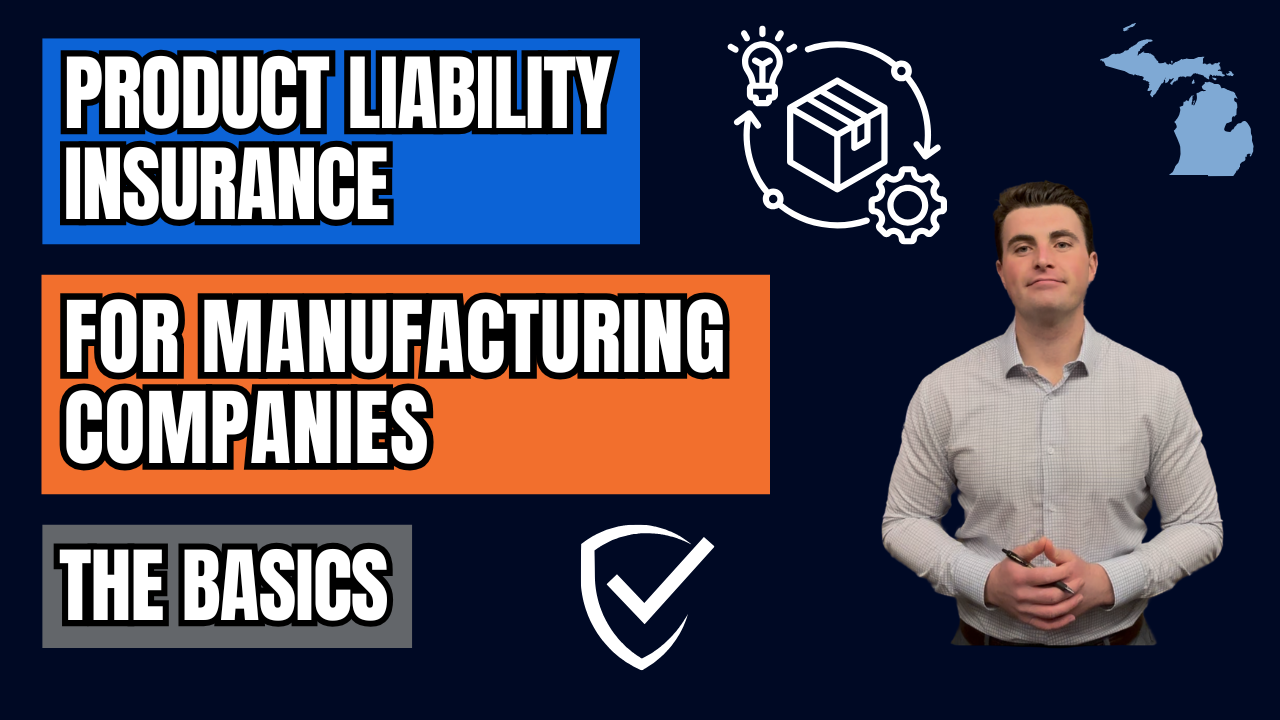What Does Tech E&O Insurance Cover?
What Does Tech E&O Insurance Cover?
Technology Errors and Omissions (E&O) Insurance, also known as Technology Professional Liability Insurance, is essential protection for businesses in the tech industry. Whether you're a software developer, IT consultant, or managed service provider, this policy can protect you from costly claims of negligence or mistakes that result in a financial loss to your clients.
What Is Tech E&O Insurance?
Tech E&O is a form of professional liability insurance tailored specifically for the technology sector. It covers financial losses suffered by clients due to errors, omissions, or negligent services you provide. If your work fails to perform as promised, or you make a mistake that leads to client downtime, data loss, or even a cyberattack, Tech E&O can help cover:
- Legal defense costs
- Settlements or court judgments
- Client financial damages
Who Needs Tech E&O Coverage?
Tech E&O insurance isn’t just for software developers. It’s ideal for:
- Software developers & SaaS providers
- IT consultants & managed service providers
- Network administrators & cybersecurity firms
- Tech startups & digital service providers
Any business that provides a tech product or service that could fail or be misinterpreted by clients could face a lawsuit—making this coverage critical.
Real-World Examples of What’s Covered
- A software bug causes a client’s website to crash during a high-traffic event, resulting in lost revenue.
- An IT consultant gives advice that leads to a cyber breach or critical data loss.
- A technical support provider fails to resolve an issue, and the client claims extended downtime cost them money.
- A client’s customer data is compromised due to a flaw in your network security design.
In these cases, Tech E&O would cover your defense costs and potential financial damages.
Does Tech E&O Include Cyber Liability Insurance?
Yes—many Tech E&O policies also include cyber liability insurance, which helps consolidate your coverage. This can protect against:
- Data breaches and cyberattacks
- Legal costs and regulatory fines
- Client and third-party notification expenses
- Reputation management and PR services
Having Tech E&O with built-in cyber coverage helps eliminate gaps between your policies.
Third-Party and Regulatory Coverage
One of the strengths of Tech E&O insurance is that it extends to third-party claims. If your actions indirectly harm another company's client, your policy may still respond. Additionally, regulatory fines or penalties related to non-compliance with data protection laws like GDPR or HIPAA may be included, depending on your policy.
Why Tech E&O Insurance Matters
In the fast-moving tech industry, even small mistakes can lead to big consequences. Clients depend on your products and expertise, and if something goes wrong, they may seek damages. Without the right insurance, one lawsuit could threaten your entire business.
Final Thoughts
If you work in the tech space, Tech E&O insurance is no longer optional—it’s a must-have. It protects you from a wide range of risks, from simple mistakes to full-blown cyber incidents, ensuring you can stay focused on growing your business instead of fighting lawsuits.
Contact Us
We will get back to you as soon as possible.
Please try again later.









